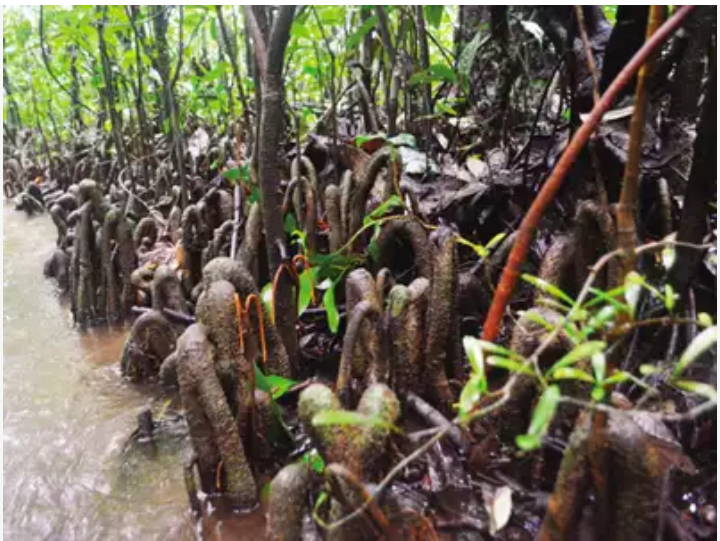Free Courses Sale ends Soon, Get It Now


Free Courses Sale ends Soon, Get It Now



Disclaimer: Copyright infringement not intended.
Context
More about Myristica swamps
|
Biodiversity Also called biological diversity, it refers to the variety or richness of ecosystems variety of life forms (flora, fauna) and their interconnections with each other and the environment. Hence it is the number and varieties of plants, animals and micro-organisms found within a specified geographic region. |
|
Stilt Roots It is a tree root that pop up above the water level arising from the lower trunk and runs obliquely to the ground. Hence it provides additional support for the tree. |
Biodiversity in Myristica swamps
|
Endemic It refers to the Biological species, plant and animal species, that have a restricted distribution and are only found in a certain geographical area. For instance Gir National Park and Wildlife Sanctuary is the only abode of the Asiatic lion. |
Threats
Sacred grove
Significance of Sacred grove
|
PRACTICE QUESTION Preservation of sacred groves is considered significant for a flourishing Biodiversity. Elaborate. Also enumerate the challenges posed in the protection of these sacred groves. (150 words) |
https://ncert.nic.in/textbook/pdf/lebo115.pdf
https://www.biologyonline.com/dictionary/endemic
http://www.botanydictionary.org/endemic.html
© 2024 iasgyan. All right reserved